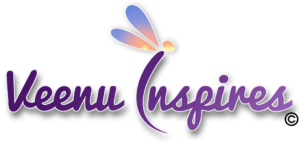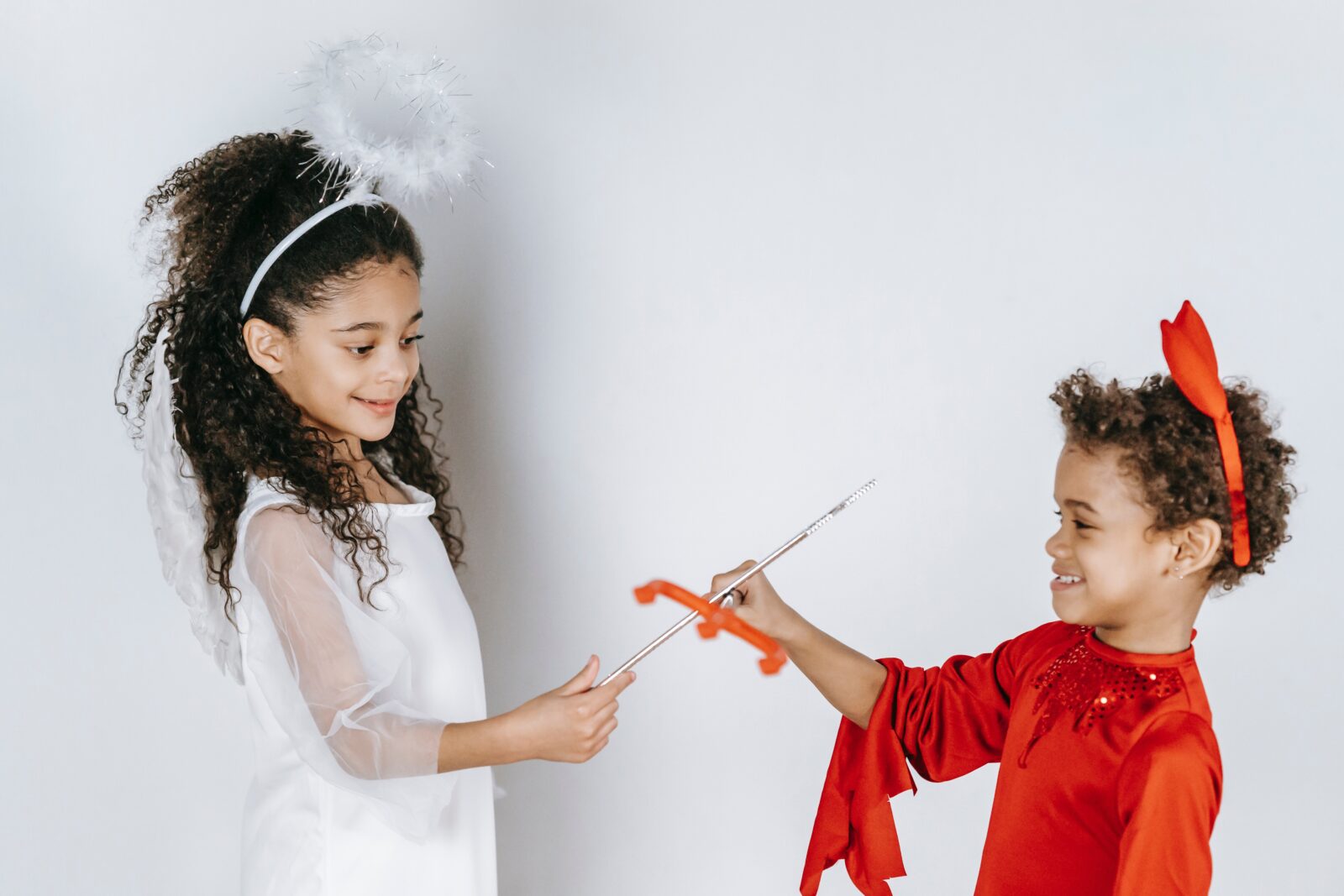Good and Bad
When we were born, we were given this opportunity to live, and it was all about survival. From the time that we entered the womb until we were about four or five years old, it was all about survival. Survival meant that we were validated for what we did right, which meant that we were loved and safe. And if we weren’t validated by something, it meant that we were bad and maybe not loved.
So as we’re growing up from an infant to a toddler going into childhood, we already have these preconceived notions that there’s good and bad in the world. And things that we did would be perceived as bad, so we didn’t want to be bad. There was a great example that William had talked about in the show yesterday because I asked and said “How can we just simplify this so people understand, because there’s bad things that are dangerous that might take our life because that’s what bad represented, that we would lose our life like we felt like there was no safety in it?”.
He gave an example of a person who was at one of his seminars, and they were eating loud candy, which was very annoying and obnoxious. And what happens at these seminars is that we learn to discover ourselves. We’re learning to be vulnerable to what’s showing up because we want to change. We want to be aware of some of our patterns of what shows up so we can get rid of it, make it better, adjust it, reframe it, or something like that. So this person, as they were starting to be recognized for patterns that were showing up in their life, started eating candy because, as they found out when they were younger, it was not okay for them to be punished and that they would be considered bad. So whenever they felt bad, they would eat; they would eat sugar; they would eat things that were not good for them.
When we resisted wanting to feel bad, this person would actually start eating, which made them feel bad. They weren’t happy about the way they looked. They weren’t happy about their bodies or the life that they were living. It was like she was resisting it to feel bad, and yet it still persisted because what she uses as a release to eat sugar, candy, and whatever else was having the opposite effect. It wasn’t releasing; it wasn’t getting rid of it; it’s like we’re hiding, and the other thing that we’re doing is making good and bad our measurement tool.
What William says is, “What if there weren’t good and bad? What if it was just a behavior that was disruptive? What if it’s just a behavior that was hyper, that it was a behavior that was not serving what the situation was calling for, like a child being kind of hyper or disrespectful in class?” Instead of seeing it as bad, what if we just saw the behavior for what it was and started to get to the cause of what that child is seeking that makes that child behave this way, in this manner—the attention-seeking behavior? What is he really seeking? Is he seeking control and power dominance? Is he seeking the attention and so what he’s realized is that he has to act this way in order to have that need met? So, is he really bad?
It’s getting rid of these labels of good and bad. It’s understanding that it just is, and if we could understand that and how we parent our children instead of seeing them as good and bad. Just see our child as a pure light, a pure soul that has all this good in them. We’re here to guide them, not to criticize, and it actually created this notion to me that that’s what we first started to learn how to judge: if it’s good or bad, if that person’s good or bad, does that outfit look good or bad on the person? It’s almost the development of what we started to judge people by.
Listen to full episode here:
For more parenting content, visit my YouTube channel:
https://www.youtube.com/@veenuinspires/

